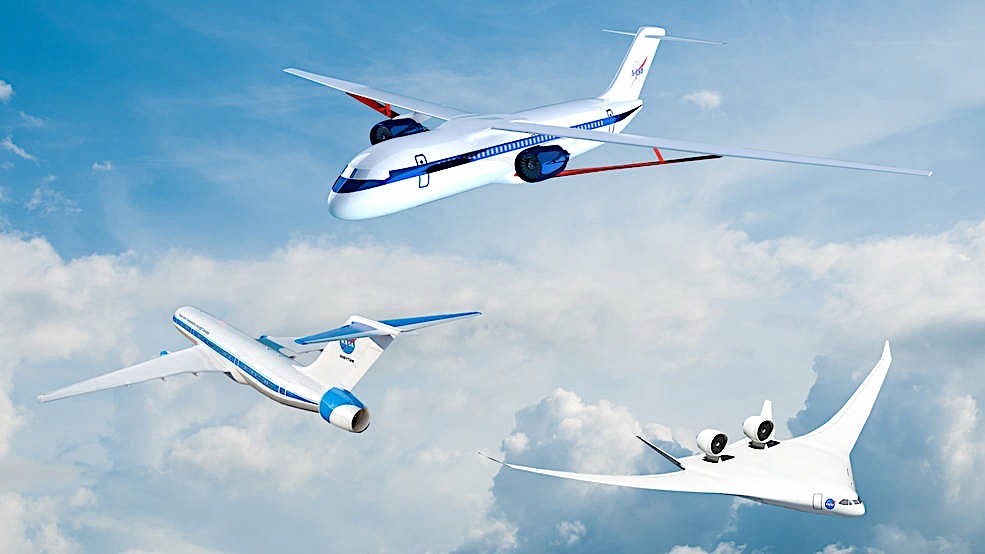Have you ever pondered the sheer size of the jet engines powering commercial aircraft? While they may appear colossal, those hanging from the wings of single-aisle airliners measure just under three meters in length.
Despite their imposing appearance, they pale in comparison to a miniature jet engine tucked away at one of NASA’s facilities, dedicated to advancing aviation research. Although renowned for its exploration of space, NASA is deeply entrenched in aviation research, pursuing avenues such as the DART program.
However, in this context, DART doesn’t refer to the Double Asteroid Redirection Test spacecraft but rather the DGEN380 Aero-Propulsion Research Turbofan. This compact yet powerful jet engine, about half the size of its commercial counterparts, is a product of Price Induction, now known as Akira, after NASA’s acquisition in 2017.

Measuring a mere 4.3 feet (1.3 meters) in length, the DGEN380 is perfectly suited for NASA’s research endeavors. Operational and installed at the Glenn Research Center in Cleveland, this diminutive engine serves as a testbed for innovative aviation technologies.
From engine controls to advanced coatings, NASA leverages the DGEN380 to explore the frontiers of aviation efficiency and performance, paving the way for future breakthroughs.
While commercial jet engines dominate the skies, it’s these miniature powerhouses that fuel the engine of innovation, propelling the aviation industry toward a more efficient and sustainable future.

